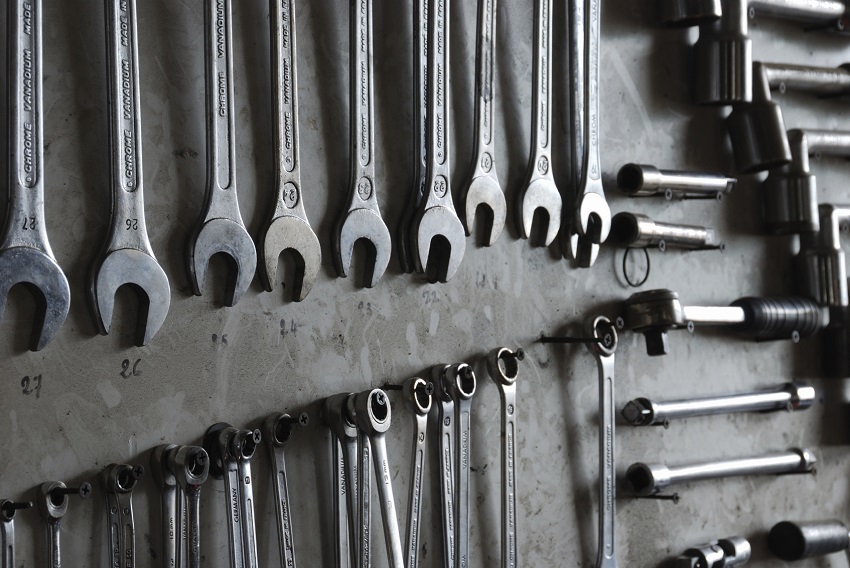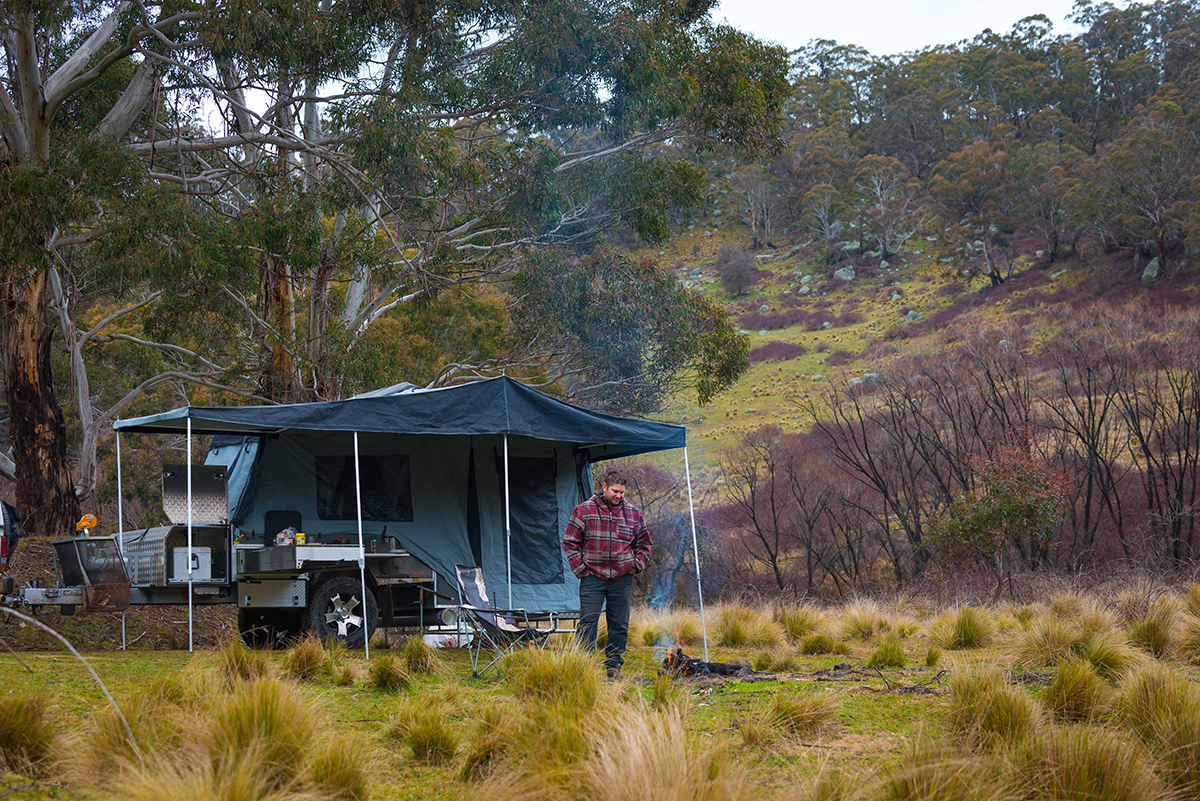Hitching up a trailer is actually a simple process, and the experienced trailer owner will take it for granted.
However, for those new to trailer towing, it’s important you observe safe practices. So let’s break down the process step by step.
Check Your Equipment
- If the trailer is unknown to you, check that the electrical socket on your towing vehicle matches the plug on the trailer electrical harness.
- If the socket doesn’t match, you’ll need an adaptor.
- Check over the electrical harness to ensure it is in good condition.
- If the trailer is unknown to you, check that the trailer coupling is suited to your towball. It likely is, but it’s worth checking. A standard towball is 50mm – this will be stamped on the top of the towball.
- With a standard latched coupling, remove the latch pin or padlock and check that the latch operates freely.
- If present, check that the trailer’s handbrake is operational.
- Keep the handbrake engaged until you’re ready to move the trailer.
- Check over the safety chains to ensure they’re undamaged and that their rated D-shackles are present.
- Check that the tyres are in good condition and inflated to correct pressure. This figure can be found on the vehicle compliance plate.
- Check that the wheel nuts are present and tightened.
Coupling To The Tow Vehicle
- If a jockey wheel is present, wind it to raise the coupling height to just above that of the towball. Either draw the trailer or reverse the towing vehicle into position.
- Wind the jockey wheel down so that the coupling lowers onto the ball. The ball should fit snugly into the coupling socket.
- Bring down the latch to lock the coupling in place.
- Replace the latch pin or padlock to prevent accidental uncoupling.
- Wind, fold or stow your jockey wheel away!
- Disengage the trailer’s handbrake.
- Attach the trailer’s safety chains to the towbar. Ensure they cross over left to right and vice versa as this configuration will catch the coupling in case of an accidental uncoupling. Note that older trailers may only have one chain.
- Connect the trailer’s electrical harness to the towing vehicle. You should hear/feel a click when plugging it in. If not, jiggle it just a little bit.
- Turn the towing vehicle’s ignition one step and check over the trailer lights (brakes, indicators, reverse, parking lights, side lights and number plate).
Now you’re ready to tow! In addition to these steps, ensure that you observe the trailer’s aggregate trailer mass (ATM), or how much the trailer is allowed to weigh when its payload is added. This, along with other information, can be found on the vehicle compliance plate which will be in a prominent position somewhere on the trailer, usually on the drawbar.
It’s also important to cover or secure your load with a tarp (for loose matter like grass clippings) and ropes or straps (for heavier items). You’re responsible for any payload that comes off your trailer and any damage it may cause.
How fast can you go? Check out our state-by-state guide on trailer-towing speed limits.





